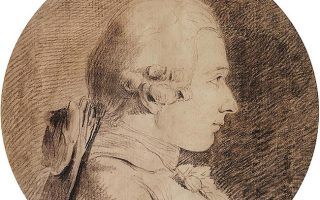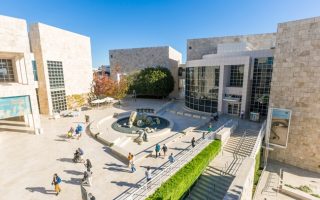What to See and Do in Limousin
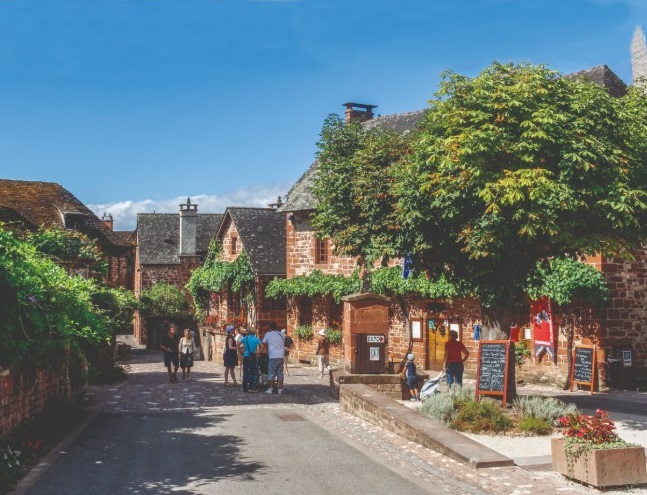

Visiting the towns and cities of Limousin is a pleasure, but so is travelling between them
Related articles: Great Destinations: Limousin, Land of Fire and Stone
12 of Limousin’s Most Iconic Sites
LIMOGES
The Impressionist artist Pierre-Auguste Renoir was born in Limoges but his family moved to Paris when he was three. So, although you’ll see his name here and there, there’s not a lot of Renoir heritage in the city and they don’t make a big deal of it. There are, however, some of his paintings at the Musée des Beaux-Arts, which is housed in the Palais de l’Évêché next to the Cathédrale Saint-Étienne. You’ll also see a lot of enamel here (Limoges is more famous for its enamel than it is for being the birthplace of Renoir). And don’t miss the gardens, which are the pride of the city and can be visited in all seasons.

Porcelain with a contemporary twist at the Musée national Adrien Dubouché. Photo: Jon Palmer
As well as its enamel, Limoges is, of course, world-famous for its porcelain. For the best of this, you need to go to the Musée national Adrien Dubouché, which is up at the top of town and is probably best treated as part of a separate sightseeing expedition – perhaps coinciding with a walk up the Boulevard Louis Blanc (aka ‘Le Boulevard de la Porcelaine’), which is where you can actually buy the stuff (for €3, for €3,000… it’s up to you). Meanwhile, an excursion to the Musée de la Résistance would make for a shorter walk, but perhaps after lunch. It’s not a huge museum, but there is a lot to take in and a lot to read (in French), so it’s worth allowing yourself at least a couple of hours for a visit.

Limoges’s Musée de la Résistance features a German plane – a symbol of the cause. Photo: Jon Palmer
BRIVE-LA-GAILLARDE
There’s another Musée de la Résistance at Brive-la-Gaillarde, the Musée Edmond Michelet, which is named after one of the town’s (and France’s) most celebrated résistants. Once you’ve visited, you’ll know why there are two museums dedicated to the subject…
While you’re here, don’t miss the Collégiale Saint-Martin, and – if you’re here on a Tuesday, Thursday or Saturday morning – the food market, which attracts people from all over the region. If you can get here in November (as I did), go to the Foire du Livre, France’s second-largest literary festival, which is held at the marketplace just beyond the Château d’Eau.
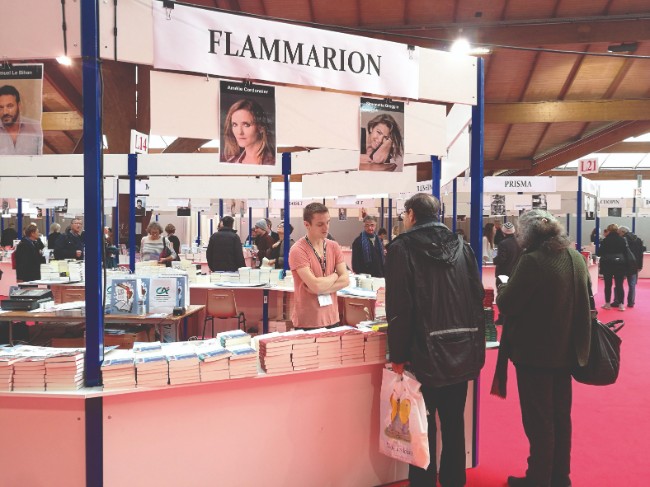
Visiting in November? Swing by Brive-la- Gaillarde’s Foire du Livre literary festival. Photo: Jon Palmer
ROUTE RICHARD COEUR DE LION
You can travel from Limoges to Brive-la-Gaillarde on the main road, or along the Route Richard Coeur de Lion, which heads through and near the Parc naturel régional Périgord-Limousin, to the west of the two cities, and then down towards Brive-la-Gaillarde. It’s at least a day’s drive, once you’ve stopped at some of the villages, châteaux and forts of the Haute-Vienne and the Corrèze it passes through. (Rochechouart, Bonneval and Pompadour are but three). This is France at its most rural and the countryside has as much to offer as the cities. You’ll also come to Saint-Yrieix-la-Perche, where they found the kaolin that allowed Limoges to become so famous for porcelain, and the extraordinary Limousine Park.
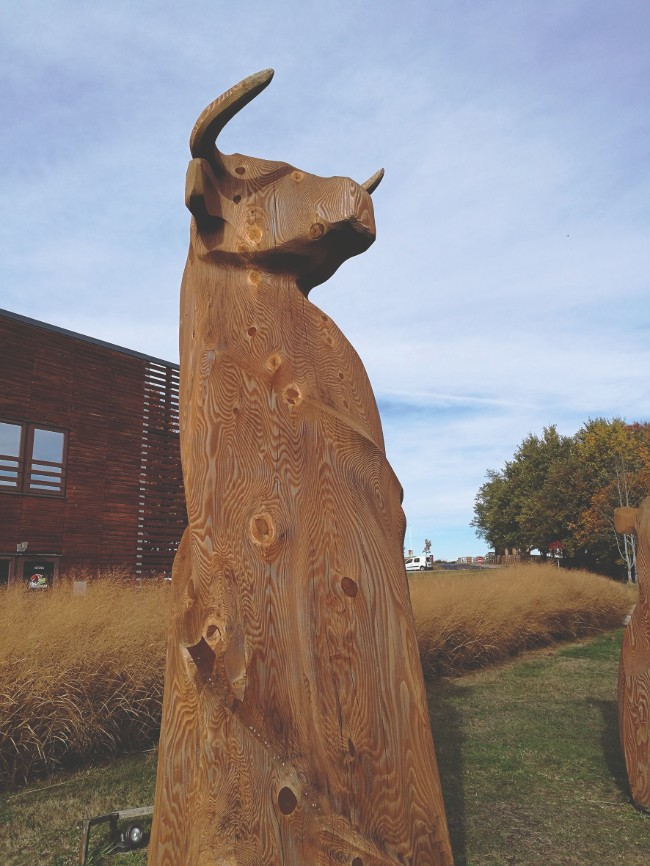
For entertainment with a distinctly bovine feel, visit the extraordinary Limousine Park. Photo: Jon Palmer
TULLE AND BEYOND
South of Brive-la-Gaillarde, you can go to Collonges-la-Rouge and (perhaps prettiest of all) Beaulieu-sur-Dordogne. After Tulle, which merits a night’s stay at least, you can continue up into the Parc naturel régional de Millevaches en Limousin – yes, that’s the ‘Park of a Thousand Cows’! – and up to Aubusson and Guéret before returning to Limoges.
From France Today magazine
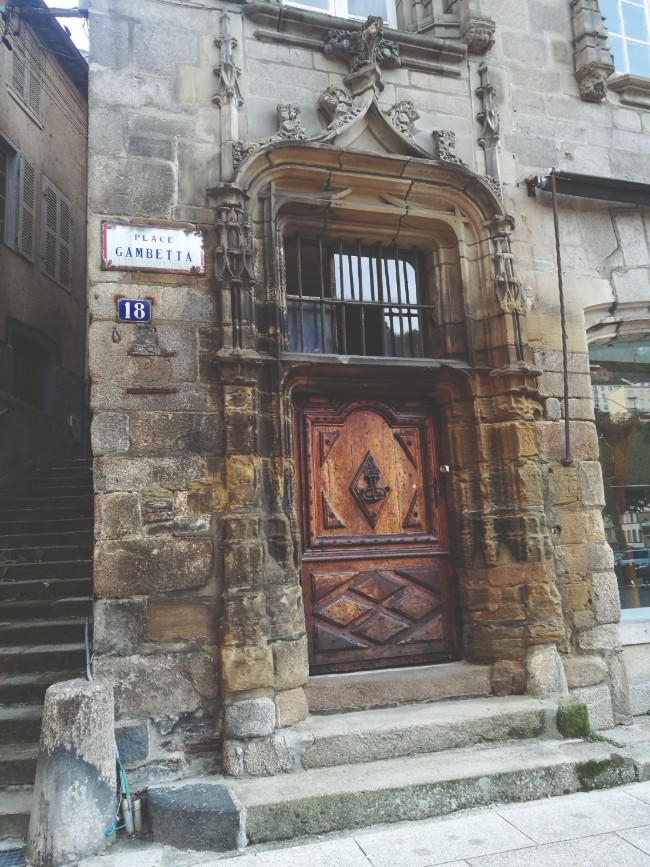
Maison Loyac in Tulle’s old quarter is an early 16th-century building with turrets. Photo: Jon Palmer
Share to: Facebook Twitter LinkedIn Email
By Jon Palmer
Leave a reply
Your email address will not be published. Required fields are marked *

